General requirements for valves
A valve is a device used to control the direction, pressure, and flow of fluid in a fluid system. It is a device that allows the medium (liquid, gas, powder) in pipes and equipment to flow or stop and controls its flow.
Professional
valve companies all know that the valve is a control component in the pipeline fluid transportation system. It is used to change the passage section and the flow direction of the medium. It has the functions of diversion, cut-off, throttling, check-back, diverting or overflow pressure relief. Valves used for fluid control range from the simplest stop valves to various valves used in extremely complex automatic control systems, with a wide range of varieties and specifications. The nominal diameter of the valves ranges from extremely small instrument valves to those with a diameter of 10m. Valves for industrial pipelines. It can be used to control the flow of various types of fluids such as water, steam, oil, gas, mud, various corrosive media, liquid metal and radioactive fluids. The working pressure of the valve can range from 0.0013MPa to ultra-high pressure of 1000MPa, and the working temperature can c-270℃ ultra-low temperature to 1430℃ high temperature.
The control of the valve can adopt a variety of transmission methods, such as manual, electric, hydraulic, pneumatic, turbine, electromagnetic, electromagnetic hydraulic, electro-hydraulic, pneumatic-hydraulic, spur gear, bevel gear drive, etc.; it can be driven by pressure, temperature Under the action of other forms of sensing signals, it can act according to predetermined requirements, or simply open or close without relying on sensing signals. The valve relies on the drive or automatic mechanism to make the opening and closing parts lift, slide, swing or rotate. Movement, thereby changing the size of its flow channel area to achieve its control function.
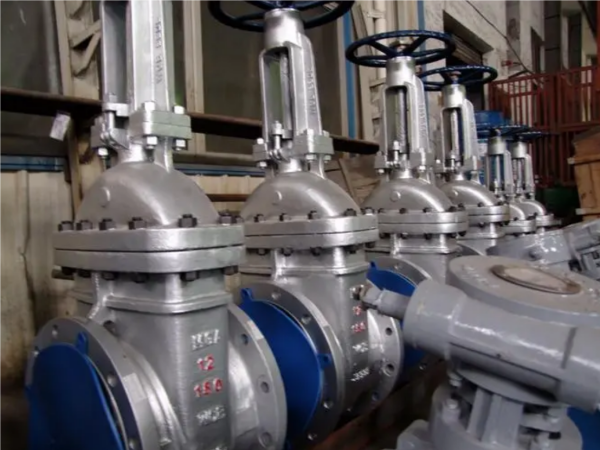
Valve installation requirements
1. Before installing the valve, carefully check whether the model and specifications of the valve used are consistent with the design;
2. Check whether the valve can be used under the required conditions according to the valve model and factory instructions;
3. When lifting the valve, the rope should be tied to the flange connection between the valve body and the valve cover, and should not be tied to the handwheel or valve stem to avoid damage to the valve stem and handwheel;
4. When installing a valve on a horizontal pipeline, the valve stem should be vertically upward and the valve stem should not be installed downward;
5. When installing the valve, do not use forceful pulling to connect the valves to avoid damage caused by uneven force;
6. The rising stem gate valve should not be installed in a humid place underground to avoid corrosion of the valve stem.
Valve assembly requirements
Cleaned parts must be kept sealed for installation.
The requirements for the installation process are as follows:
1. The installation workshop must be kept clean, or a temporary clean area must be built, such as using newly purchased colored strips of cloth or plastic film, to prevent dust from entering during the installation process.
2. Assembly workers must wear clean pure cotton work clothes, a pure cotton cap on their heads, no hair leaking out, clean shoes on their feet, and plastic gloves on their hands, which are degreased.
3. Assembly tools must be degreased and cleaned before assembly to ensure cleanliness.
Valve acceptance requirements
The acceptance shall follow the HG 20202-2000 "Construction and Acceptance Specifications for Degreasing Projects". Before assembly, each component shall be wiped with clean precision filter paper. The dead corners of the component shall be selected. If the filter paper does not change color, it shall be considered qualified.
Valve specification requirements
1. The valve model should indicate the national standard number requirements based on it. If it is an enterprise standard, the relevant description of the model should be indicated.
2. The working pressure of the valve must be ≥ the working pressure of the pipeline. Without affecting the price, the working pressure that the valve can withstand should be greater than the actual working pressure of the pipeline.
3. The valve manufacturing standard should indicate the national standard number it is based on. If it is an enterprise standard, the enterprise document should be attached to the procurement contract.
Valve performance testing requirements
1. When a valve of a certain specification is manufactured in batches, an official agency should be entrusted to conduct the following performance testing: ① The opening and closing torque of the valve under working pressure conditions; ② The detection of the flow resistance coefficient of the valve under pipeline water transmission conditions.
2. The valve should undergo the following tests before leaving the factory: ① When the valve is open, the valve body should withstand an internal pressure test that is twice the valve working pressure; ② When the valve is closed, both sides of the valve should withstand 11 times the valve working pressure. value, no leakage; but for metal-sealed butterfly valves, the leakage value is not greater than the relevant requirements.
Valve sealing requirements
The sealing performance of a valve refers to the ability of each sealing part of the valve to prevent medium leakage. It is the most important technical performance indicator of the valve. There are three sealing parts of the valve: the contact between the opening and closing parts and the two sealing surfaces of the valve seat; the fit between the packing, the valve stem and the stuffing box; and the connection between the valve body and the valve cover. The first leakage is called internal leakage, which is commonly referred to as lax sealing. It will affect the valve's ability to cut off the medium. For cut-off valves, internal leakage is not allowed. The latter two leaks are called external leakage, that is, the medium leaks from inside the valve to outside the valve. Leakage will cause material loss, pollute the environment, and even cause accidents in severe cases. For flammable, explosive, toxic or radioactive media, leakage is not allowed, so the valve must have reliable sealing performance.
Other requirements for valves
1. Purge the assembled valve with nitrogen for at least 1 minute.
2. The air tightness test must use pure nitrogen.
3. After passing the air tightness test, encapsulate and seal with a clean polyethylene cap. The polyethylene cap should be soaked in an organic solvent and wiped clean before use.
4. Then seal it with a vacuum bag.
5. Final packing.
6. Measures should be taken to ensure that the package is not damaged during transportation.






 English
English Español
Español بالعربية
بالعربية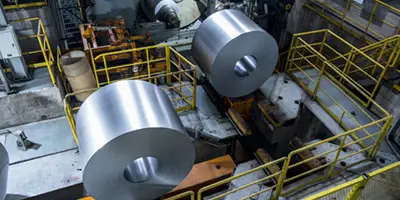
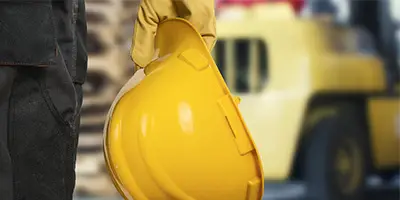
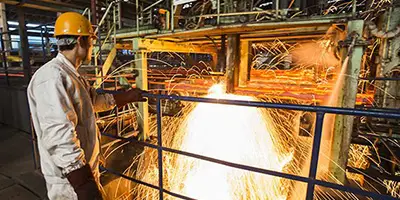
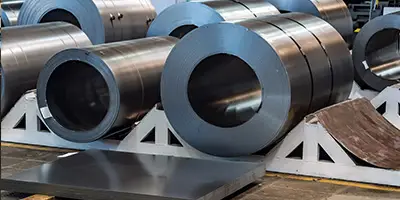

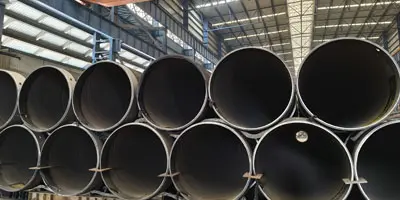
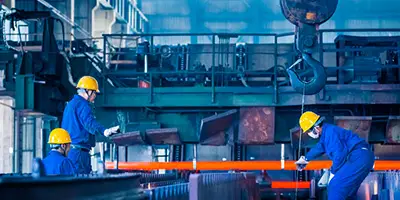
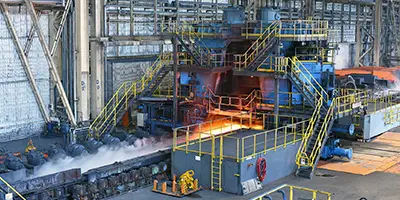
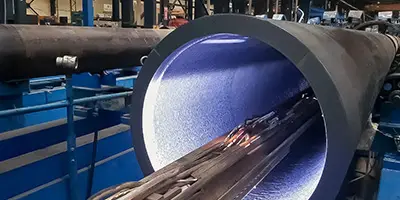
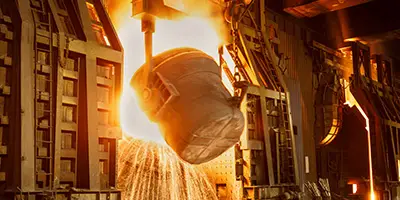


 Phone :
Phone :  Whatsapp :
Whatsapp :  Email :
Email : 


